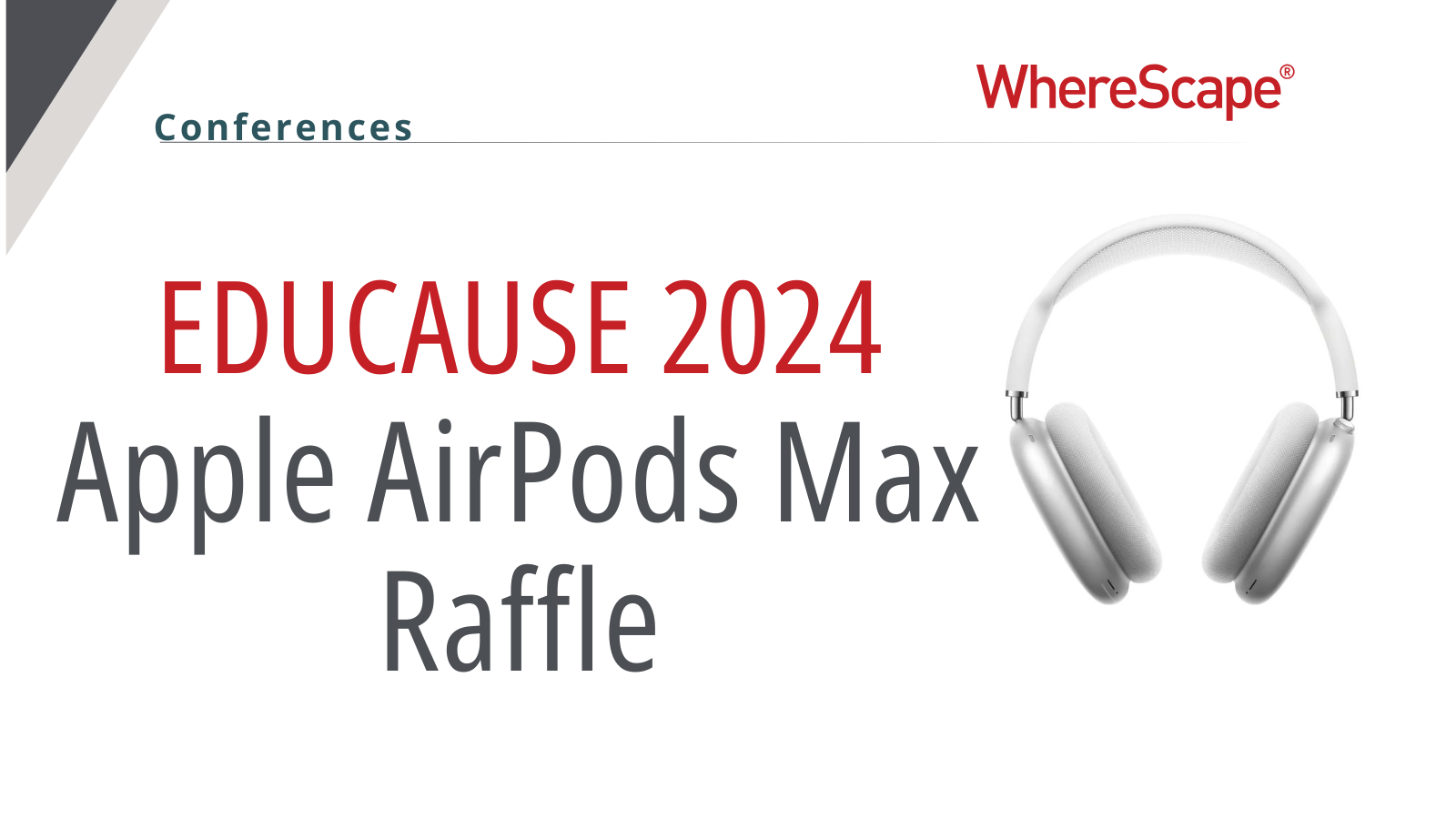WhereScape is thrilled to invite you to...
Big Data is All the Rage, But Dimensional Data Warehouses Get the Job Done
“Big data” is pervasive in the headlines nowadays. The entire world is enthralled by the implications of this enormous, constant flow of variably-structured information as well as the great and terrible things that can be and are being done with its power. There are mountains of data in every industry, from manufacturing to finance, retail to security, and the possibilities for what we can do with this information are endless. Big data may be all the buzz, but we must not let this excitement distract us from the reason we want data in the first place: to make better decisions.
Dimensional modeling — the process of organizing an enterprise’s information into facts (the things that we measure) and dimensions (the things that describe the measurements) — isn’t new anymore and it isn’t generating big headlines. Great visionaries of data management laid out the approach two decades ago and although it has been refined and expanded in the time since, the basic idea has remained the same. Yet this fairly simple approach to building data marts and data warehouses has continuously proven its incredible value over time.
The concept of a dimensional model is beautiful in its simplicity: organize the data the way the business people imagine it. When a business decision maker asks a question of her data, she usually says, “I want to see such-and-such a measurement by dimension x, dimension y, and dimension z.” For example, “I want to see the average sales transaction amount by customer demographic group, by store, and by month.” When we build the database along these lines we make it easy for the user to understand and quick for the database engine to answer the question.
There are still major investments being made in dimensional data marts and data warehouses. They haven’t lost their relevance and popularity but rather their mindshare. Big data is the sexy new concept and everyone is pushing their money that way, but sometimes your best investment isn’t in the next big thing, it’s in the proven thing. While companies and executives are focusing on big data, they’re often underinvesting in dimensional data warehouses.
What Makes A Really Great Data Model: Essential Criteria And Best Practices
By 2025, over 75% of data models will integrate AI—transforming the way businesses operate. But here's the catch: only those with robust, well-designed data models will reap the benefits. Is your data model ready for the AI revolution?Understanding what makes a great...
Guide to Data Quality: Ensuring Accuracy and Consistency in Your Organization
Why Data Quality Matters Data is only as useful as it is accurate and complete. No matter how many analysis models and data review routines you put into place, your organization can’t truly make data-driven decisions without accurate, relevant, complete, and...
Common Data Quality Challenges and How to Overcome Them
The Importance of Maintaining Data Quality Improving data quality is a top priority for many forward-thinking organizations, and for good reason. Any company making decisions based on data should also invest time and resources into ensuring high data quality. Data...
What is a Cloud Data Warehouse?
As organizations increasingly turn to data-driven decision-making, the demand for cloud data warehouses continues to rise. The cloud data warehouse market is projected to grow significantly, reaching $10.42 billion by 2026 with a compound annual growth rate (CAGR) of...
Developers’ Best Friend: WhereScape Saves Countless Hours
Development teams often struggle with an imbalance between building new features and maintaining existing code. According to studies, up to 75% of a developer's time is spent debugging and fixing code, much of it due to manual processes. This results in 620 million...
Mastering Data Vault Modeling: Architecture, Best Practices, and Essential Tools
What is Data Vault Modeling? To effectively manage large-scale and complex data environments, many data teams turn to Data Vault modeling. This technique provides a highly scalable and flexible architecture that can easily adapt to the growing and changing needs of an...
Scaling Data Warehouses in Education: Strategies for Managing Growing Data Demand
Approximately 74% of educational leaders report that data-driven decision-making enhances institutional performance and helps achieve academic goals. [1] Pinpointing effective data management strategies in education can make a profound impact on learning...
Future-Proofing Manufacturing IT with WhereScape: Driving Efficiency and Innovation
Manufacturing IT strives to conserve resources and add efficiency through the strategic use of data and technology solutions. Toward that end, manufacturing IT teams can drive efficiency and innovation by selecting top tools for data-driven manufacturing and...
The Competitive Advantages of WhereScape
After nearly a quarter-century in the data automation field, WhereScape has established itself as a leader by offering unparalleled capabilities that surpass its competitors. Today we’ll dive into the advantages of WhereScape and highlight why it is the premier data...
Data Management In Healthcare: Streamlining Operations for Improved Care
Appropriate and efficient data management in healthcare plays a large role in staff bandwidth, patient experience, and health outcomes. Healthcare teams require access to patient records and treatment history in order to properly perform their jobs. Operationally,...
Related Content
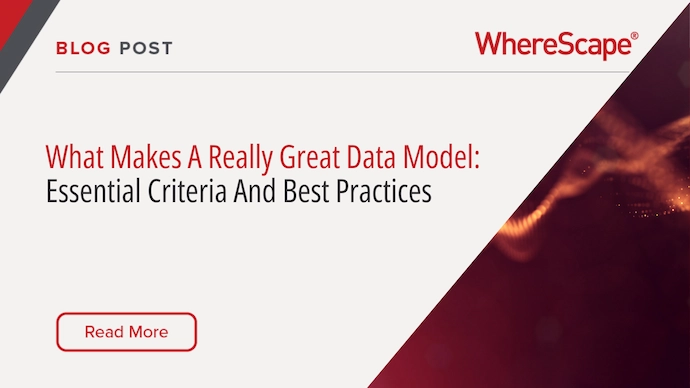
What Makes A Really Great Data Model: Essential Criteria And Best Practices
By 2025, over 75% of data models will integrate AI—transforming the way businesses operate. But here's the catch: only those with robust, well-designed data models will reap the benefits. Is your data model ready for the AI revolution?Understanding what makes a great...
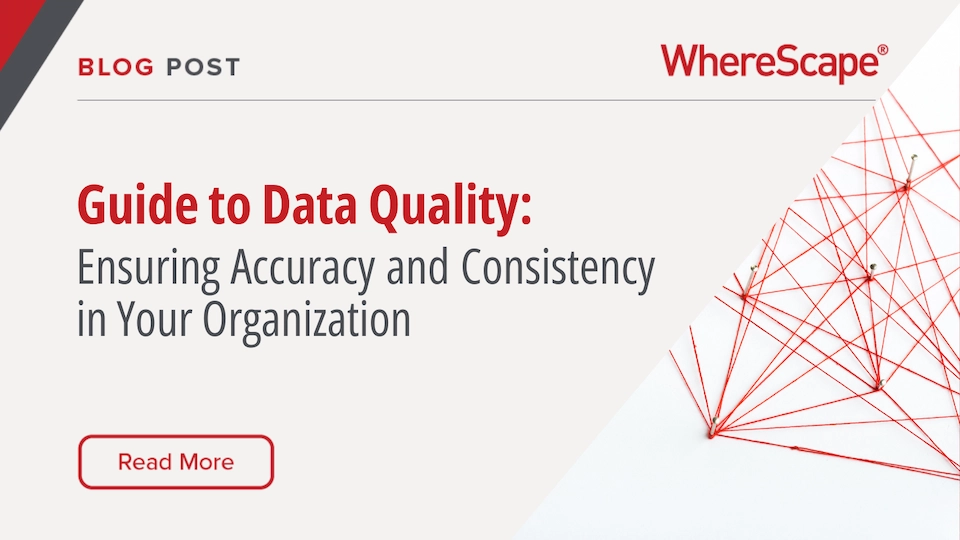
Guide to Data Quality: Ensuring Accuracy and Consistency in Your Organization
Why Data Quality Matters Data is only as useful as it is accurate and complete. No matter how many analysis models and data review routines you put into place, your organization can’t truly make data-driven decisions without accurate, relevant, complete, and...
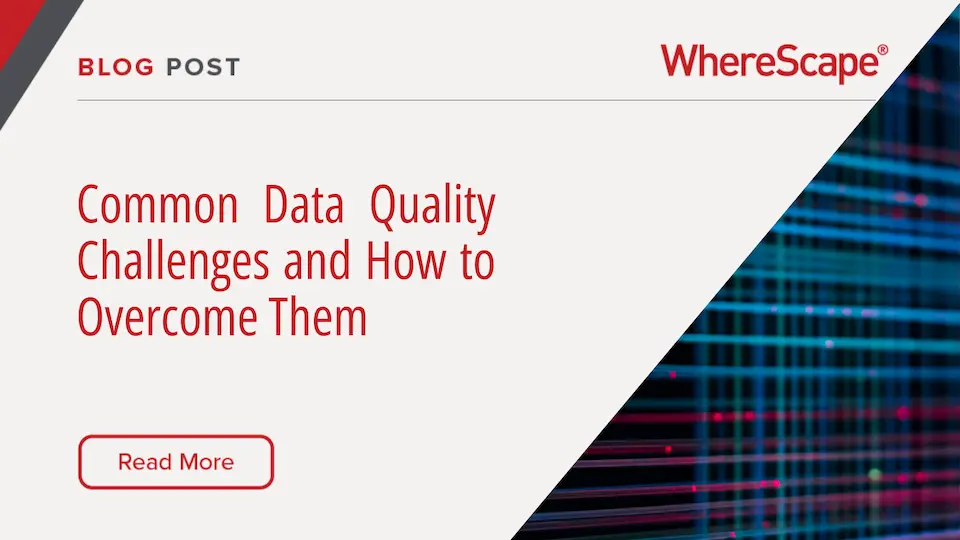
Common Data Quality Challenges and How to Overcome Them
The Importance of Maintaining Data Quality Improving data quality is a top priority for many forward-thinking organizations, and for good reason. Any company making decisions based on data should also invest time and resources into ensuring high data quality. Data...
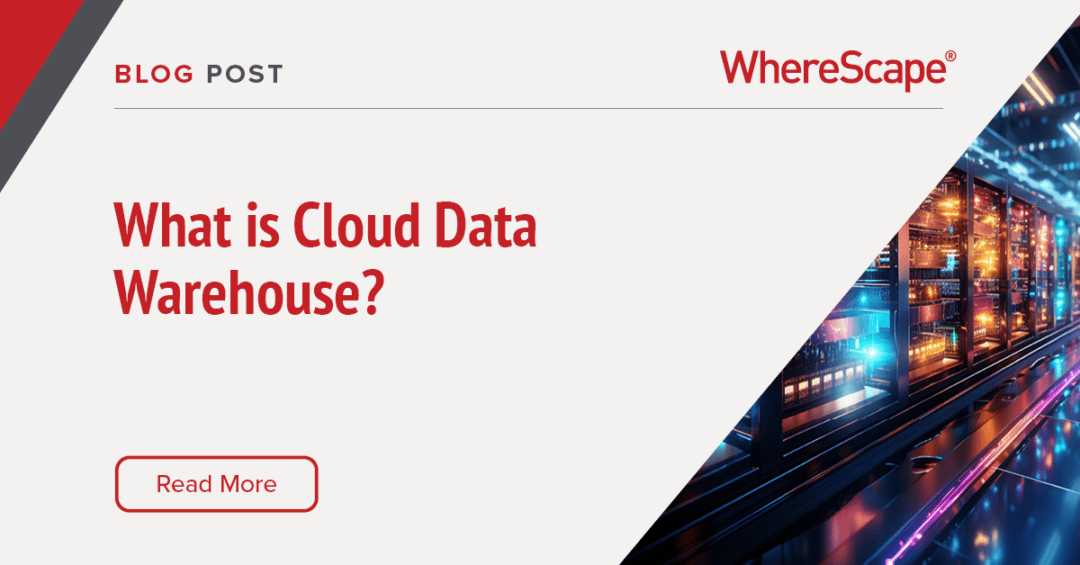
What is a Cloud Data Warehouse?
A cloud data warehouse is an advanced database service managed and hosted over the internet.

